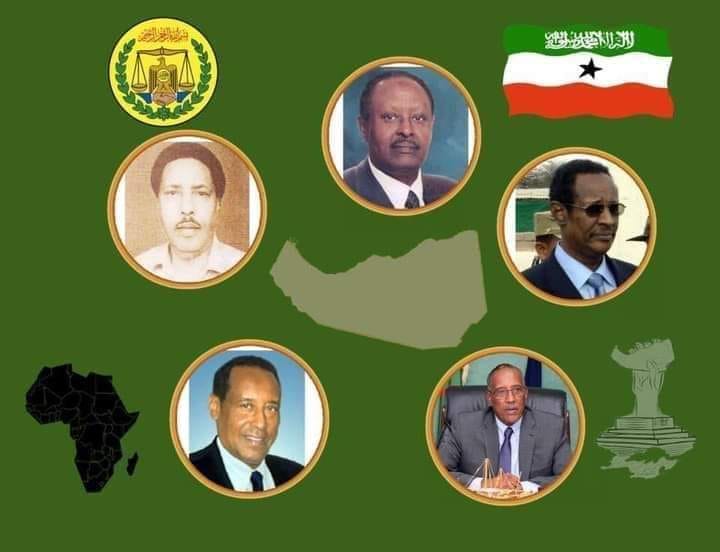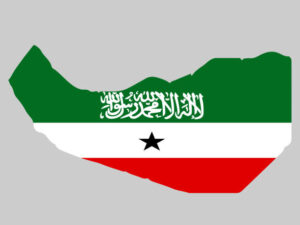We are serving since 1991 at Ethiopia
SOMALILAND
SOMALILAND PRESIDENTS

Somaliland Before 1884
2017-2024
Muse Biihi Abdi
2010-2017
Ahmed M. Mohamud (Siilaanyo)
2002-2010
Dahir Riyale Kaahin
1993-2002
Mohamed Ibrahim Egal
1991-1993
Abdirahmn Ahmed Ali
SOMALILAND BEFORE 1884

SOMALILAND BEFORE 1884
The immediate region in which the Republic of Somaliland lies has been described as the ‘heart of ancient long-distance trade networks, making it a cultural crossroads’. 20 According to linguists, the first Afro-asiatic- speaking populations arrived during the ensuing Neolithic period from the family’s proposed urheimat (“original homeland”) in the Nile Valley, or the Near East.21 Written circa 50 to 68 B.C. by a Greek writer or writers, the Periplus of the Eryhthraean in hthraean Sea, details a voyage that starts details a voyage that passes through some parts of present-day Somaliland on its way to the Indian subcontinent.Notably, among the flourishing, coastal trading posts the writers stopped to take note of were Avalites (Zeila), Malao (Berbera) and Mundus (Heiss). The description is unmistakable but, as is in the case of Heiss (a.k.a.Xiis or Hiis), location of proper town may have shifted several hundred yards to the east. Traces of the ancient town still show atop the promontory opposite the Ma’ajaleenka islet. The first political party, the Somali National Society (SNS), was founded in 1935.
It later transitioned in part to the Somali National League (1945) – per- haps in alignment with its counterpart in Italian Somalia – the Somali Youth League with whom it shared many principles without necessarily actively cultivating them. Mohamed Haji Ibrahim Egal, who was to become later the first Prime Minister of So- maliland led the (SNL).
The National United Front (NUF) led by Michael Mariano Ali, the United Somali Party (USP), led by Ali Garad Jama, and many more followed suit between 1945 and 1958. In 1943, Her Majesty the Queen of England and Wales, it is reported, offered Somaliland leaders to bring Somali-speaking areas like Hawd and Reserve Area (5th Region of Ethiopia) and NFD (Northern Frontier Districts) under Somaliland administration. 31 The overzealous elements among the yet-to-be- seasoned leaders saw it as a hoax to compartmental- ize the idea of a Greater Somalia. Hence, they turned it down – a misjudgment that was to regrettably dog Somaliland politics at every turn of its history.
Spontaneous insurrections demanding for an early departure of all foreign occupations later surfaced one of which was led by Sheikh Bashir Haji Yussuf who was later in 1945 tried and hanged by the British in Burao. The decade that led to 1960, however, was, for Somaliland politicians, time enough to fully prepare themselves and their nation for full, diplomatically mature, politically and economically capable statehood. ‘At the time of independence there was a strong anti-colonial sentiment sweeping the African continent. Somal- iland was no exception.
There was a popular drive to unite all the five Somali inhabited territories including Somaliland, Somalia, French Somaliland (Djibouti), Ogaden (Ethiopia), and the Northern Frontier District (NFD) of Kenya. The five pointed white star on the flag symbolized this aspiration.
The 1954 Anglo-Ethiopian Agree- ment in which Britain transferred 25,000 sq. miles (64,750 sq. km) of ‘Hawd’ grazing land to Ethiopia evoked an outcry in Somaliland and intensified the demand for a union to recover lost territory ‘ 32 At the time of independence, there was a strong anti-colonial sentiment sweeping the African continent.
Somaliland was no exception. Eventually, Somaliland had obtained its independence from Great Britain on June 26th, 1960, by the Royal Proclamation of Her Majesty Queen Elizabeth. The independent state of Somaliland was the 15th state to gain independence in Africa and was immediately welcomed by 35 UN member states included permanent members of the Security Council.
A few days later, Somaliland voluntarily entered into a merger with Italian Somalia in July 1st 1960 to form the Somali Republic.
